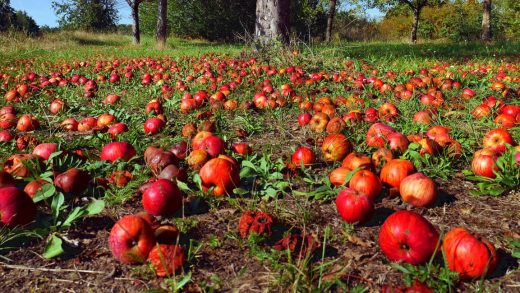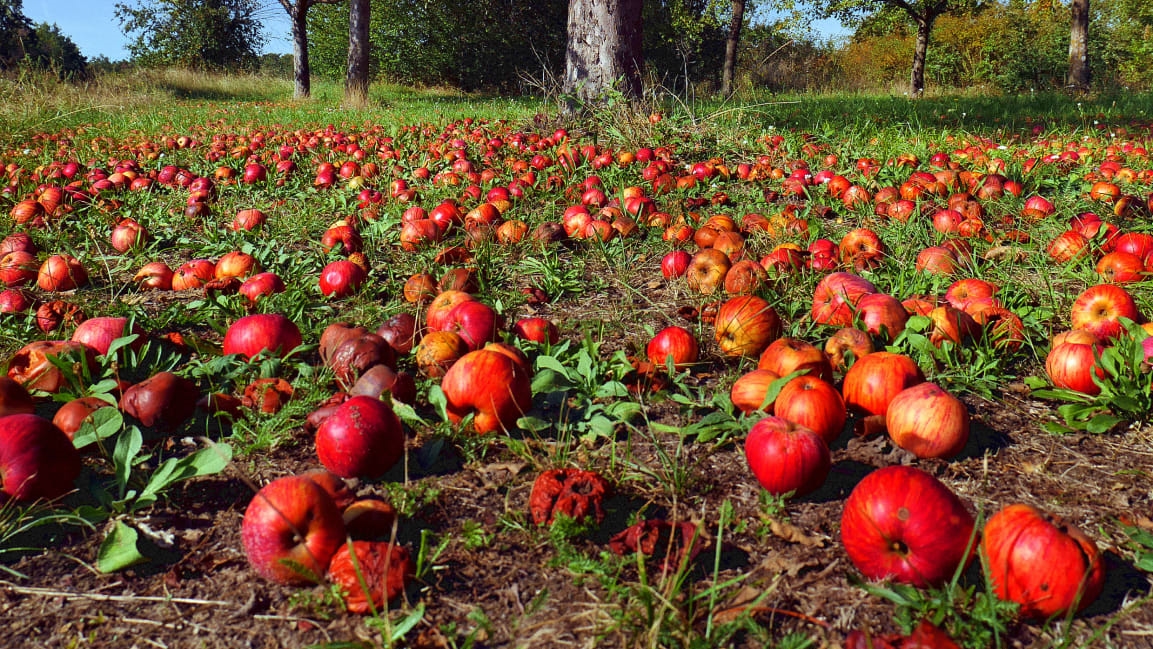Oops! Farms are wasting twice as much food as we thought
That’s a major problem for the climate: “Driven to Waste,” the report from World Wildlife Fund and the U.K. supermarket chain Tesco that published these numbers, suggests that food waste alone is responsible for 10% of greenhouse gas emissions. (The entire airline industry, by contrast, represents around 1.9% of emissions.) Some of the emissions happen in landfills or fields, where rotting food releases methane, a potent greenhouse gas.
But most of the environmental impact comes from growing the food. Fertilizer takes large amounts of energy to produce, and releases emissions on fields. Forests are chopped down to plant crops and raise animals, and the land can’t be reforested if it’s being farmed. The amount of water used to grow wasted food could fill more than 300 million Olympic-size swimming pools.
So far, only 11 of the 192 climate plans that countries have submitted under the Paris climate agreement mention food waste. But it’s a solvable problem at each stage of the journey, from farms to kitchens. Restaurants, for example, can shrink food waste just by serving smaller portions so diners are less likely to leave food on their plates, or partner with food delivery apps to get extra food to food banks. Grocery stores can use new technology that automatically changes the prices on food so it sells before it has to be thrown out.
And since food waste on farms has been underestimated in the past, it’s another place where intervention is important. A variety of solutions can help on farms, including increasing demand for so-called ugly produce that supermarkets used to reject. Project Drawdown, a list of the best ways to tackle climate change, includes reducing food waste as one of the most impactful solutions. The new report suggests that governments should aim to cut food waste in half by 2030.
(27)



